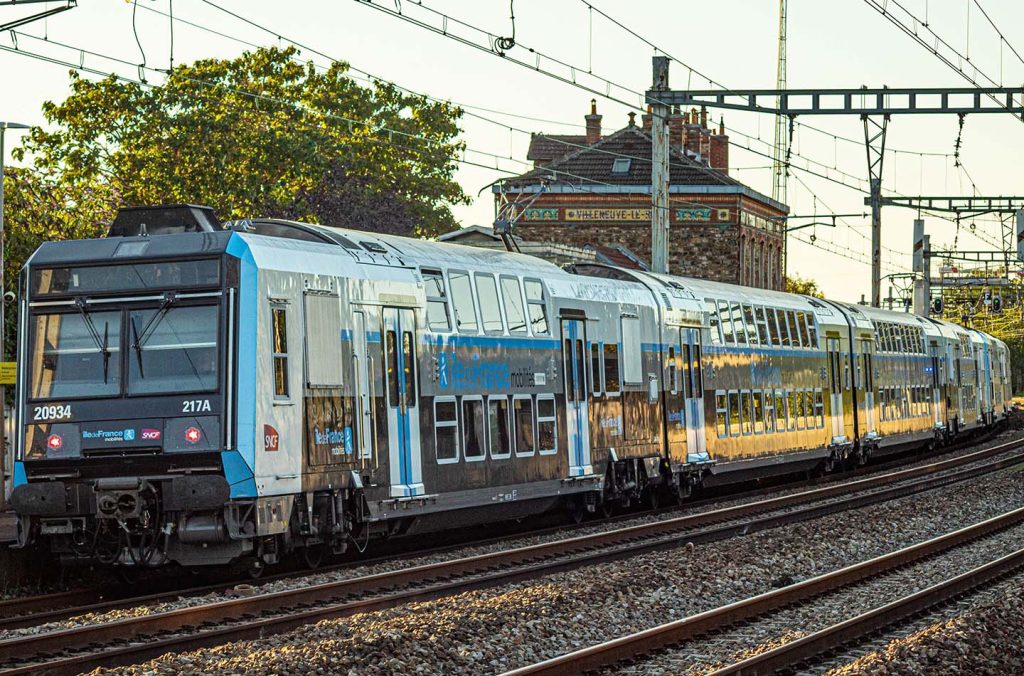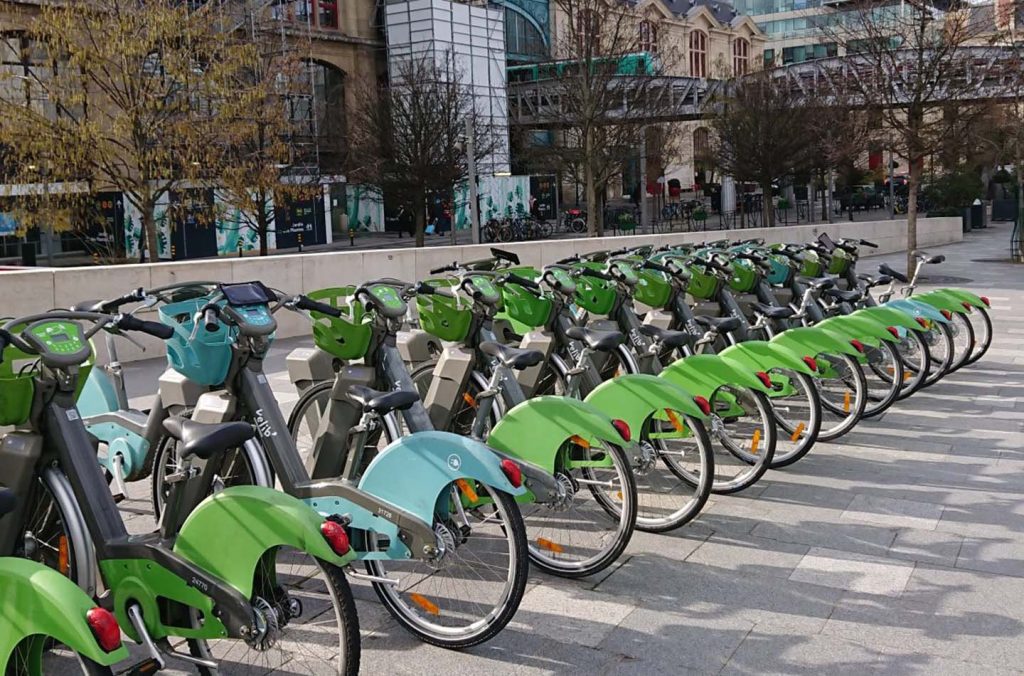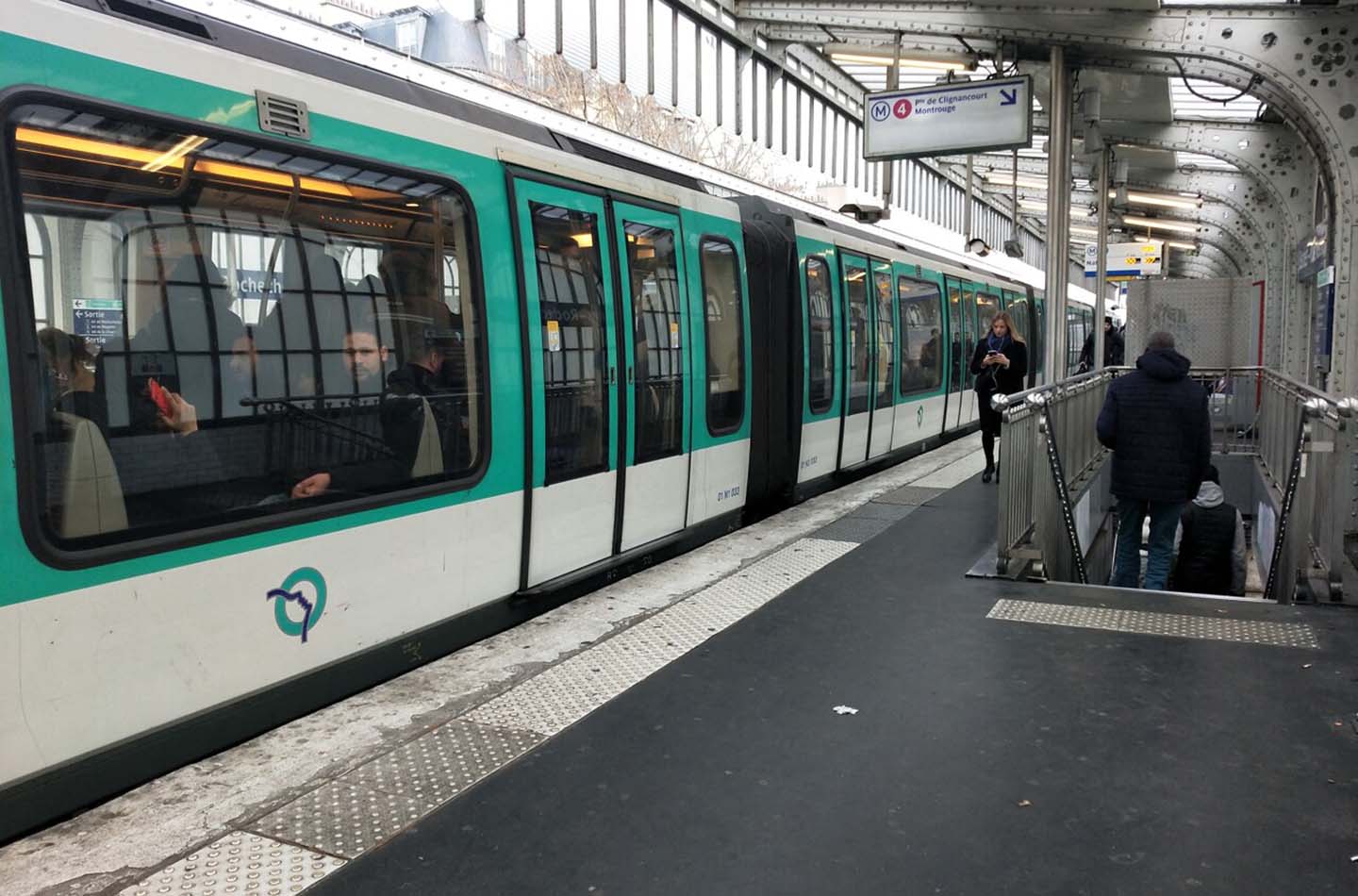The City of Light is not only known for its stunning architecture, rich history, and vibrant culture but also for its efficient and extensive transportation system.
In this comprehensive guide, I’ll delve into the various modes of transportation available in Paris, offering insights, tips, and practical advice to help you navigate the city like a local.
1. Métro (Subway)
The Métro is the backbone of Paris’s public transportation system, offering fast and efficient travel throughout the city and its suburbs. With 16 lines and over 300 stations, the Métro provides comprehensive coverage of Paris, making it the ideal choice for getting around quickly and conveniently.
How to Use:
– To use the Métro, you’ll need to purchase tickets or a travel pass. Single tickets (known as “t+” tickets) can be purchased at Métro stations from ticket vending machines or ticket counters. These tickets are valid for a single journey on the Métro, RER (suburban train), bus, or tram within central Paris (zones 1-2) and cost €1.90 each as of my last visit. It’s essential to validate your ticket before boarding the train by inserting it into the turnstile or ticket validator.
– For frequent travelers, I recommend purchasing a Navigo pass, which provides unlimited travel on the Métro, buses, RER, and tramways within selected zones. The pass is available for weekly or monthly use and offers significant cost savings compared to purchasing individual tickets.
Tips:
– The Métro can get crowded during peak hours, so try to avoid traveling during rush hour if possible.
– Be mindful of your belongings, especially in crowded trains, as pickpocketing can occur.
– Pay attention to the direction of travel and the line number when boarding the train, as some lines have branches that diverge at certain stations.
2. RER (Réseau Express Régional)
The RER is Paris’s regional commuter rail network, connecting the city center with its suburbs and outlying areas. It offers faster and more extended journeys than the Métro, making it a convenient option for traveling to destinations outside of central Paris.
How to Use:
– RER tickets and passes can be purchased at the same locations as Métro tickets, and the same fares apply. However, RER tickets are priced based on zones, with higher fares for travel to outlying areas.
– Like the Métro, it’s essential to validate your ticket before boarding the train.
– Be sure to check the destination displayed on the train before boarding, as some RER lines have multiple branches that serve different destinations.

Tips:
– The RER can be crowded during peak hours, especially on lines serving major transport hubs such as Gare du Nord and Châtelet-Les Halles.
– Keep an eye on your belongings, particularly in crowded carriages and at busy stations.
– If you plan to travel to popular tourist destinations such as Versailles or Disneyland Paris, check if the RER offers direct services to these locations for added convenience.
3. Bus
Paris’s bus network is extensive, with over 300 routes serving the city and its suburbs. Buses complement the Métro and RER networks, providing convenient connections to areas not served by rail transport.
How to Use:
– Bus tickets can be purchased onboard from the driver or at ticket vending machines located at major bus stops. Like Métro tickets, bus tickets are also valid for a single journey within zones 1-2 and cost €1.90 each.
– To board the bus, enter through the front door and validate your ticket using the onboard ticket validator. Be sure to keep your ticket handy for inspection by fare enforcement officers.
Tips:
– Bus routes are displayed at each bus stop, making it easy to identify which buses serve your destination. You can also use smartphone apps or the RATP website to plan your bus journey in advance.
– Buses can be a more scenic way to explore Paris, allowing you to see the city’s landmarks from the comfort of your seat. Consider taking a bus tour for a unique perspective on the city’s sights.
4. Tram
Paris’s tram network offers a modern and comfortable way to travel around the city and its suburbs. Trams run on dedicated tracks, providing efficient service and reliable connections to key destinations.
How to Use:
– Tram tickets can be purchased from ticket vending machines located at tram stops or onboard from the driver. Like bus and Métro tickets, tram tickets cost €1.90 each and are valid for a single journey within zones 1-2.
– To board the tram, wait at the designated tram stop and validate your ticket using the onboard ticket validator before boarding.
Tips:
– Trams offer a smooth and comfortable ride, making them an excellent option for travelers with limited mobility or those looking for a relaxed way to explore the city.
– Trams operate on dedicated tracks, so they are less affected by traffic congestion than buses. Consider taking the tram for a quicker and more reliable journey, especially during peak hours.
5. Vélib’ (Bike Sharing)

For travelers looking to explore Paris at their own pace, Vélib’ offers a convenient bike-sharing scheme with thousands of bikes available for short-term rental.
How to Use:
– To use Vélib’, you’ll need to purchase a short-term or long-term subscription through the Vélib’ app or website. Short-term subscriptions are available for 1-day, 2-day, or 7-day periods, with prices ranging from €5 to €15, depending on the duration of your rental. Once you’ve subscribed, you can unlock a bike from any Vélib’ station using the app or your subscription card.
– When riding a Vélib’ bike, be sure to follow the rules of the road and observe traffic signals and signs. Paris has designated bike lanes in many areas, but cyclists are also allowed to ride on the road alongside cars and other vehicles.
– Before returning your bike, make sure to lock it securely at a designated Vélib’ station to avoid additional charges.
6. Walking
One of the best ways to experience Paris is on foot, allowing you to soak in the city’s beauty and charm at your own pace. Many of Paris’s top attractions, such as the Eiffel Tower, Notre-Dame Cathedral, and the Louvre Museum, are within walking distance of each other, making it easy to explore on foot.
Tips:
– Wear comfortable shoes and dress appropriately for the weather, especially if you plan to spend a lot of time walking outdoors.
– Use a map or GPS navigation app to plan your route and ensure you don’t miss any must-see sights along the way.
– Take breaks and enjoy the cafe culture of Paris by stopping at a sidewalk cafe for a coffee or a glass of wine.
7. Car Rental
Renting a car can be a convenient option for travelers looking to explore beyond the city limits of Paris and venture into the picturesque countryside of France. While Paris itself has an extensive public transportation system, having a rental car gives you the flexibility to visit remote villages, scenic landscapes, and historical sites at your own pace.
How to Rent:
– Car rental agencies are readily available at major transportation hubs such as airports, train stations, and downtown locations throughout Paris. You can book a rental car in advance through the agency’s website or a third-party booking platform to secure the best rates and availability.
– When renting a car, you’ll need a valid driver’s license, a credit card for payment and deposit purposes, and possibly an international driving permit if your license is not in English or French.
Tips:
– Consider renting a compact or midsize car, as Paris’s narrow streets and limited parking space can make maneuvering larger vehicles challenging.
– Familiarize yourself with French driving laws and regulations, including speed limits, right of way, and parking restrictions, to ensure a safe and enjoyable driving experience.
– Plan your itinerary carefully and allow extra time for navigating unfamiliar roads and potential traffic congestion, especially during peak travel periods.
Cost:
– Rental car prices vary depending on factors such as the type of vehicle, rental duration, insurance coverage, and additional amenities. On average, expect to pay between €30 to €100 per day for a standard compact or midsize car, excluding fuel and optional extras.
Important Considerations:
– Be aware of toll roads (péages) and vignettes (road tax stickers) when traveling outside of Paris, as these may incur additional costs.
– Parking in Paris can be challenging and expensive, with limited street parking available and paid parking garages charging high hourly rates. Consider using park-and-ride facilities located on the outskirts of the city and using public transportation to reach central Paris attractions.
Renting a car offers the freedom to explore Paris and its surrounding regions at your own pace, allowing you to discover hidden gems and off-the-beaten-path destinations that may not be easily accessible by public transportation.
Paris offers a diverse and efficient transportation network that caters to the needs of travelers of all budgets and preferences. Whether you prefer the speed and convenience of the Métro, the scenic views from a bus or tram, or the freedom to explore on foot or by bike, Paris has something for everyone.
By familiarizing yourself with the various transportation options and planning your journey in advance, you can make the most of your time in this beautiful and vibrant city.
